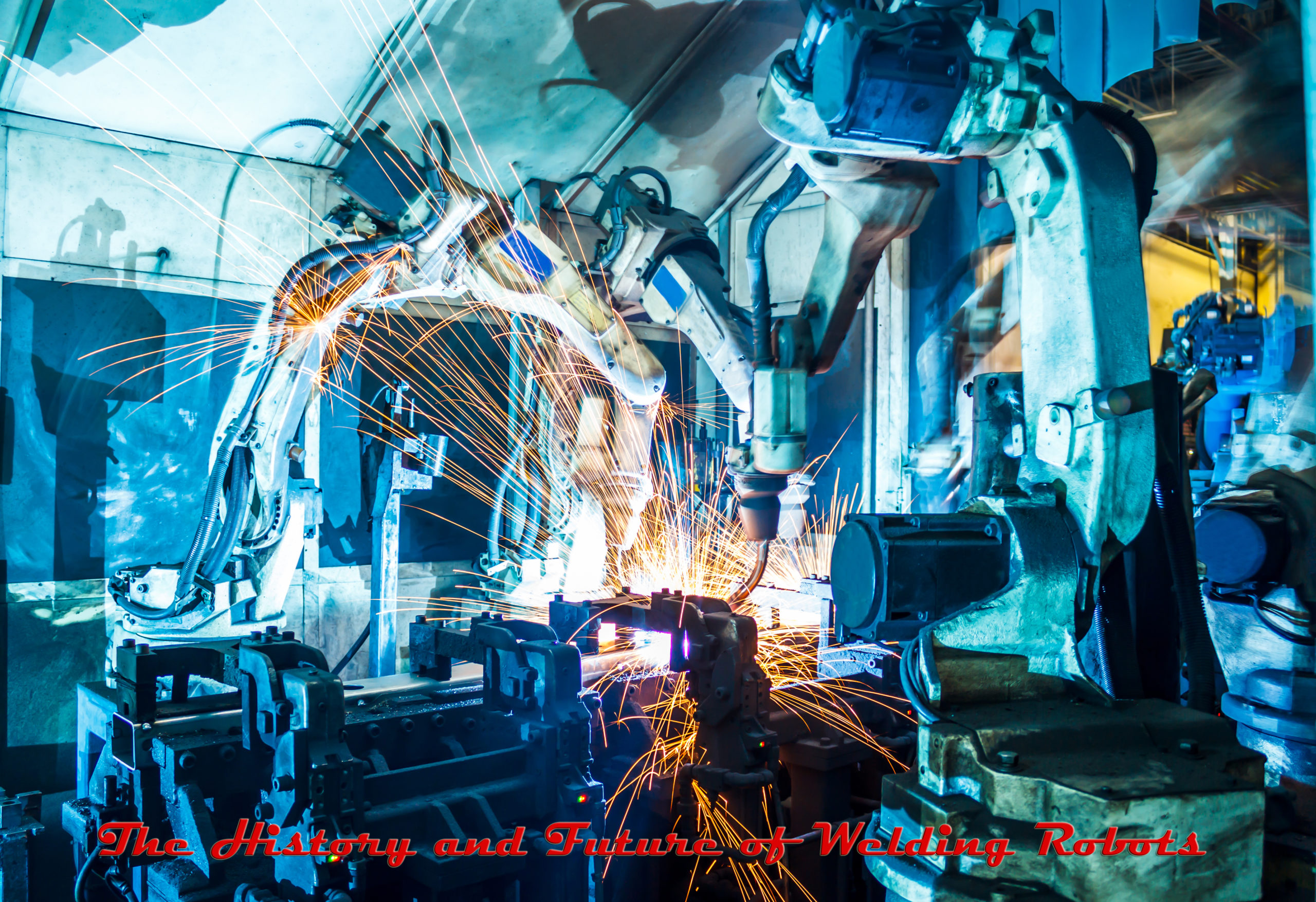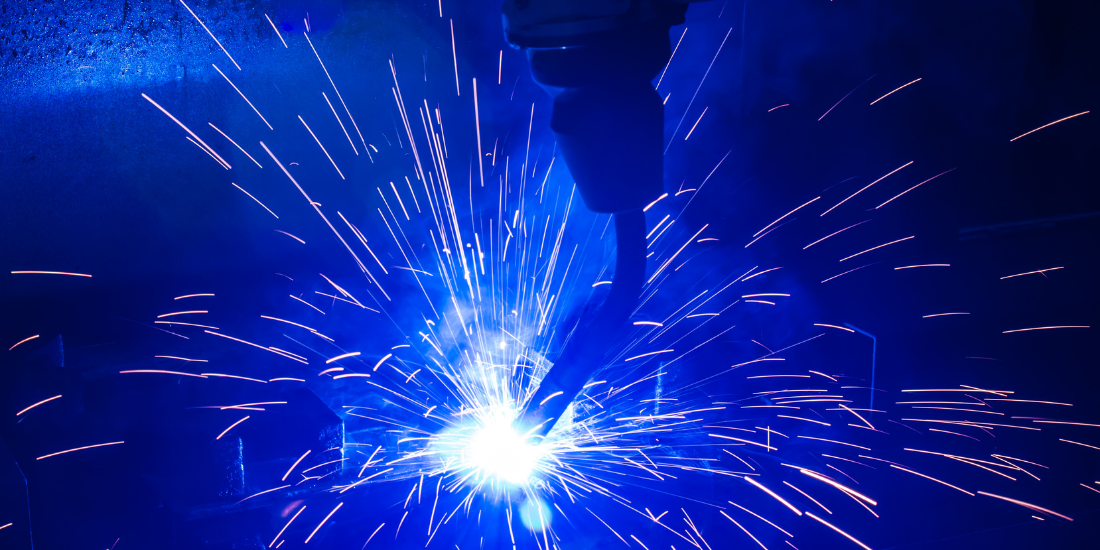
The History and Future of Welding Robots
History – it’s a beautiful thing. It teaches us about the past and helps us understand our future. It speaks to our own personal experiences, gives us a sense of our place in time, and helps determine where we want to go next. The history of welding robots is no different. It’s a fascinating tale of technological advancement and welding innovation.
Welding has always been an important part of manufacturing. It’s a process that helps bind two pieces of metal together, creating everything from cars and trucks to bridges and skyscrapers. Welding is precise, versatile, and efficient. And welding robots have been a critical player in welding innovation, making it faster and more accurate than ever before.
In this article, we dive into the past, present, and future of robotic welding systems.
The History of Welding Robots
The various tasks involved in welding used to be slow and labor-intensive. A single weld on an auto chassis could take hours. Building an entire vehicle frame took even longer.
The introduction of welding robots changed that. They dramatically increased speed and cut production costs. A single robot could replace several manual welders, boosting efficiency and precision at the same time.
In 1962, the first real-world application for robotic welding was discovered. The Unimation 001, a robot developed by George Devol and Joseph Engelberger, was used on an assembly line at a General Motors factory to spot weld in hazardous work that humans could not perform.
Although the first industrial robots appeared in the 1960s, it wasn’t until the 1980s that robotic welding began to grow in popularity, mostly among automobile manufacturers. Other automobile firms saw how GM benefited from welding automation and started using robotic spot welding methods in their own factories.
Simultaneously, the advantages of welding automation became more well-known, and automated welding began to gain traction in other sectors, such as metal production. Following rapid development, welding automation soon became the welding industry norm.
By the end of 2005, nearly 60,000 robotic weld cells were in use across North America. While firms may have shelved their automation plans due to the high price tag early on, costs have now lowered as more businesses adopt welding robotics automation.
It quickly became clear why robotic welding would take over. Metalwork and manufacturing demand speed and precision—robots deliver both.
They produce consistent, high-quality welds and increase output on assembly lines. Unlike human welders, they don’t need breaks and make fewer errors. That cuts defects and lowers manufacturing costs. For most large-scale operations, the shift was inevitable.

The Future of Welding Robots
Welding robots are advancing quickly. Modern systems handle more welding tasks with better precision and speed. Robotic welding technology has improved the process across many industries.
Fully autonomous welding isn’t here yet, but costs are falling. That makes automation more accessible, even for smaller shops. As prices drop, efficiency and adoption will rise.
Supporters and critics agree: automation will shape the future of welding. It may reduce some labor needs, but it brings faster production, higher quality, and localized manufacturing. Welding robots will continue to evolve, meeting industry demands with better tools and smarter systems.
Replacing Jobs in the Welding Industry
Despite the advances in welding automation, this concept’s future is still bleak. Currently, no artificial intelligence can take automated welding to the next level. Automation must replace people in manufacturing for this technology to work, but due to the AI revolution, welding robots will never be able to replace welding personnel.
The ability of welding robots to weld complex parts at a speed that would have been unattainable previously is one example of how advances in technology are revolutionizing the industry. This implies that welding robot automation has also given way to new welding processes and methods in order to meet demand.
As the industry changes, welders will need to be versatile and have the ability to work with different types of welding processes. This means that welders should be knowledgeable in more than one type of welding to adjust as the industry changes.
Related Questions

What is the future of welding jobs?
Solderers, brazers, welders, and cutters are expected to see a 6% increase in employment from 2016 to 2026, about as quickly as the average for all jobs. Welders will be required to help repair the country’s aging infrastructure.
Will Artificial Intelligence replace welders?
AI robotics won’t replace every welding operation. Human welders will still handle dies and tooling, architectural welding, weld repairs, and other manufacturing tasks.
What welding positions are safe from automation?
Welding jobs that require a high level of skill and dexterity, such as pipe welding, will not be replaced by welding robots anytime soon. In addition to this, programmers and welding robot operators will also be in demand as welding automation becomes more common.
Conclusion
Welding automation technology has brought about many changes in the welding industry. These shifts have led to new welding processes and methods. Welders will need to be knowledgeable about in order to adjust as the industry changes.
Welders who are able to weld in different positions will also be more advantageous. As welding robot automation continues to evolve, it’s likely that welding robots will be used in more welding jobs in the future.
For more information on welding robots and welding automation, visit our blog post regularly to stay up to date on the latest welding robot trends and welding technology.
